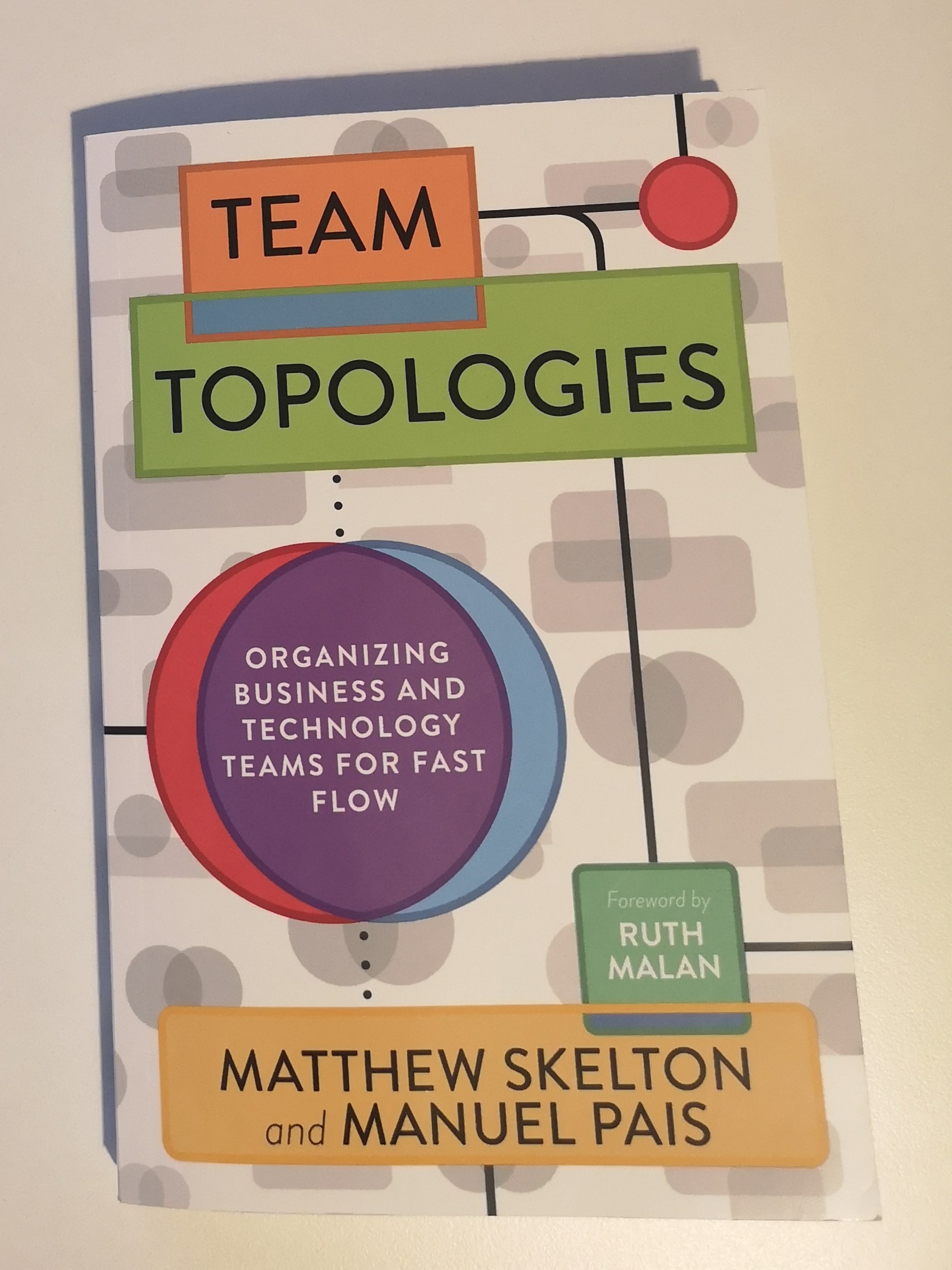I bought this book a few weeks ago after a suggestion by fellow MVP Wouter de Kort:
Just purchased!
— Matteo Emili (@MattVSTS) February 9, 2020
It was definitely worth it. Team Topologies covers a lot of ground, it’s not your standard management book despite its 180-odd pages length taking out glossary, index and references.

The thing I liked probably the most is that the book uses Conway’s Law as it is supposed to be used. It’s an unfortunate reality we deal with on a daily basis, but it’s not like the world is divided between who uses this law and who doesn’t…there are a number of shades in between, and Chapter 2 closes with this paragraph:
Conway’s Law Is Critical for Efficient Team Design in Tech
It’s well known I am a big fan of pragmatic approaches that bring tangible benefits: the reverse Conway maneuver is an excellent start, which then you will adapt to the real case in front of you. Sometimes, you just have to deal with it. And the best way of dealing with it is bending it to your advantage.
Then it moves on to Team Topologies (the actual topologies, not the title again!). The book delves into psychology, and it really resonates - so many times situations like the ones described actually happened. I experienced them first-hand, and there are plenty of things to takeaway as retrospective. Applying the outcomes from the book already made the difference in a couple of cases.
But that said, the book is very clear:
Team Topologies Alone Are Not Sufficient for IT Effectiveness
Nobody is going to find the silver bullet in this book, but it gives a lot of good for thought. It’s proper good. If you are in a consulting capacity, even a junior one, technology is just a tool: you are dealing with people, first and foremost. Technology always comes second in the pecking order.